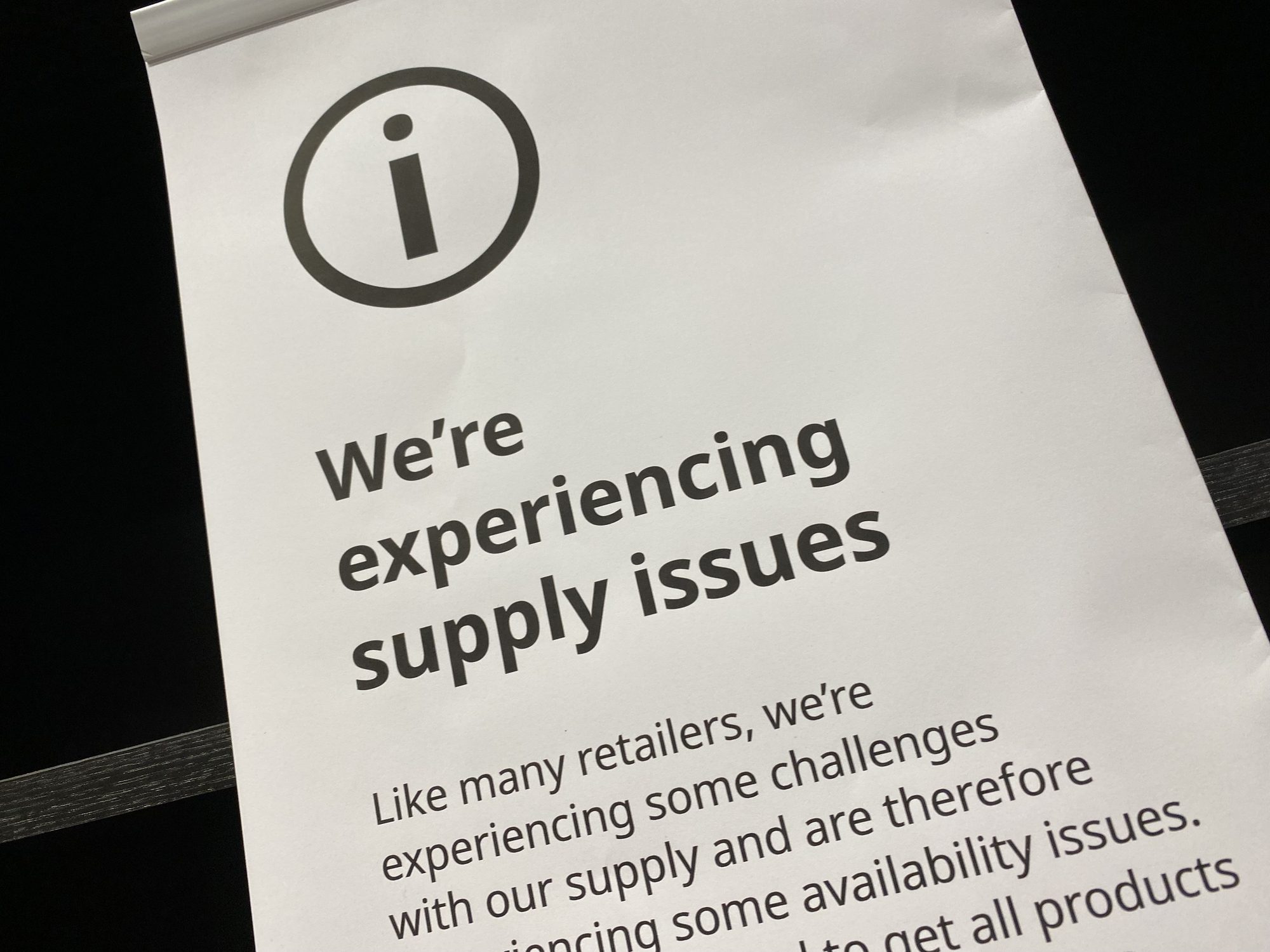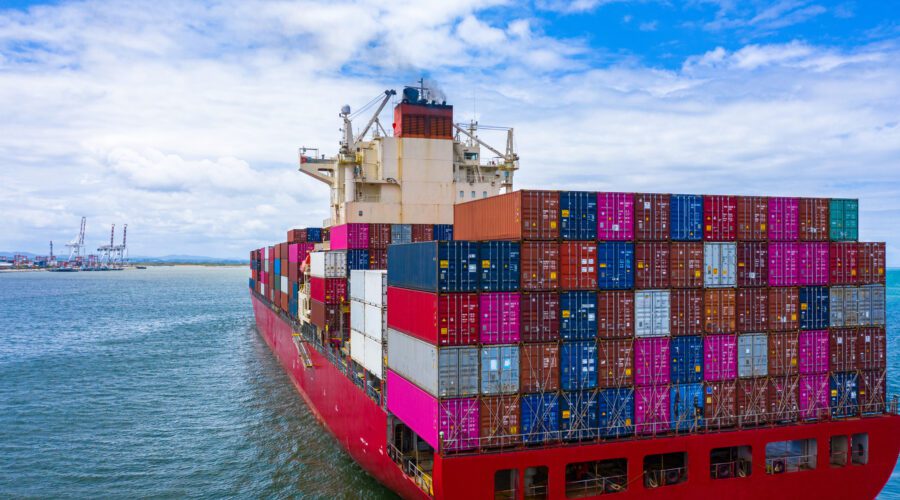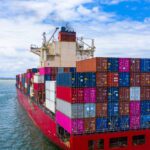In April of 2020, global supply chains were completely disrupted, bringing global trade to a standstill. Countries restricted or completely stopped international flights, so freight capacity was limited to cargo aircraft. Shipping vessels were placed under quarantine for weeks before they were allowed into ports, and shipping containers were stuck in ports and at state borders.
At the same time these complications increased, so did the demand for several products—particularly medicines, medical supplies, and personal protective equipment. Oh, and toilet paper, for some reason.
Now, in 2022, though we’re still not out of the woods, we can look back and marvel at all we learned about improving logistics, even during the worst conditions in modern history. While we’re still experiencing supply chain disruptions, port congestion, and capacity shortages, some of the strain has eased. We’re looking forward to a better year in 2022, as long as supply chains can continue to adapt to the conditions the world faces.
The Current Omicron Variant
Shipping times are constantly in flux due to the variants that have circled the globe at given times throughout the pandemic. Currently, the Omicron variant is still raging, though it seems to catch quickly and burn out just as fast. When this particular variant becomes manageable again, just as Alpha and Delta before it, shipping times will decrease again, depending on where products originate, where they’re going, and how they’re transported. That is, of course, unless a new variant emerges to wreak further havoc.
Taking Charge in Times of Doubt
Planning for these shipping times can give logistics companies a leg up against the competition. Pre-ordering, ordering extra, redirecting through less affected geographic locations, and even ordering from alternative suppliers are all options that could shorten lead times and give shippers an edge.
Logistics firms have also faced higher shipping costs due to increased prices from shipping lines, which actually saw record profits in 2021. What’s great for the container shipping lines may not be beneficial for the customer, however, as costs nearly doubled due to lack of capacity in containers. However, with some savvy planning, logistics firms can work around these issues by finding empty space they can essentially share with other importers in order to cut costs for both companies using the container.
Struggles with air freight can be solved in a similar manner. While supply chain disruptions have slowed the growth of air freight, due in part to labor shortages, backlogs could be cleared with some strategic agreements to share space among all firms flying goods from overseas. The best logistics firms know where to find that space and how to secure it for their clients.
In addition to sharing space wherever possible, many companies are making even bigger moves toward controlling the supply chain issues we still face. Many are buying warehouses, building their own shipping containers, chartering their own shipping vessels and airplanes, and creating their own in-house trucking companies.
Working with a logistics company that has learned at every step of the way throughout the pandemic ensures you experience as few interruptions as possible. We’re here to help you overcome the challenges you face with these and many other solutions. Reach out now to remove all the stop signs standing in your way.








